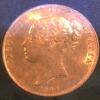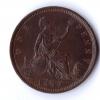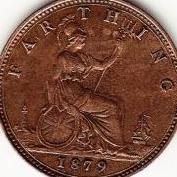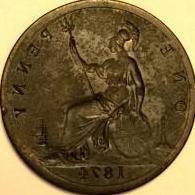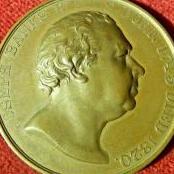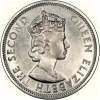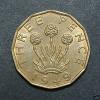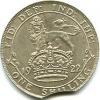They sell circulating pieces for more than face value all of the time, just look at the commemorative 50p & £2 coins. They are not going to sell a specific error as an error coin, but does the frequency of them having errors / unique varieties keep people buying the next grossly overpriced proof set just in case they bag themselves a variety?
From the latest RM Bulletin. "The 2016 United Kingdom Silver Proof Coin Set... This is the only way to own the £1 bearing Matthew Dent's shield of the Royal Arms design, dated 2016 and struck in precious metal... Price £595.00" So they do have an eye for varieties, and it will cost you six hundred quid if you want a silver £1.
Thread envy is a terrible thing Nordle
 Coinpublications.com
Coinpublications.com
